Medical facility management poses a significant challenge for any medical institution worldwide, especially in light of technological advancements and constant changes in healthcare regulations and legislation. Therefore, Phenix Systems has developed an exceptional Medical Facility Management Program that provides comprehensive solutions for effectively managing medical and administrative performance within the healthcare facility.
The Medical Facility Management Program by Phenix Systems encompasses a comprehensive and integrated workflow that covers various crucial areas of medical facility management. It is characterized by speed and accuracy in analyzing and managing data, achieving maximum efficiency in resource utilization, and enhancing profitability. The program includes a robust set of features and tools that support users throughout the lifecycle of the medical facility, leading to improved productivity, cost reduction, and revenue enhancement.
What is the importance of the "Medical Facility Management Workflow"?
The medical facility management workflow refers to the series of steps and processes followed by a medical facility to deliver high-quality healthcare services efficiently. The healthcare workflow of a medical facility consists of several stages from planning and organizing to executing, monitoring, and evaluating, and it includes all the necessary processes for the medical facility to be able to provide healthcare services.
The medical facility management workflow aims to create a conducive working environment for both patients and staff, through conducting operational needs assessments, precise planning of operational processes and procedures, human resource management, safety measures, and training and development.
Thanks to the medical facility management workflow, it is possible to improve quality, efficiency, safety, cost, and institutional communications within the medical facility. In addition, it allows for better meeting patients' needs, improving their overall health comprehensively, enhancing their satisfaction, and building patient trust in the medical facility.
8 key steps that must be followed to successfully operate a medical facility:
Success in operating a medical facility requires good planning, organizing of workers and resources, improving quality, efficiency, and cost-effectiveness, in addition to regular monitoring and evaluation, these steps contribute to providing high-quality and professional healthcare services to patients in the following ways:
- Planning: A detailed plan should be developed that includes goals and strategies for organizing the necessary staff, resources, and important processes in the medical facility.
- Organizing: This involves organizing and coordinating human resources, financial resources, and technological resources in the medical facility, including establishing an effective organizational structure and assigning responsibilities to employees.
- Recruitment and training: Skilled employees should be selected, hired, and trained properly to ensure the provision of high-quality healthcare services.
- Improving quality and safety: A strong quality management system should be implemented, and patient safety practices should be enforced to reduce medical errors and improve the quality of care.
- Risk management: Potential risks should be assessed, and strategies should be identified to control and manage them to minimize their negative impact on the healthcare facility.
- Communication and Collaboration: Communication and collaboration between work teams and departments within the healthcare facility should be promoted to enhance coordination and achieve common goals.
- Monitoring and Evaluation: Regular monitoring and evaluation of the performance of the healthcare facility should be conducted to ensure that the set objectives are being achieved and to facilitate continuous improvement.
- Efficiency and Cost Improvement: Regular analysis of processes should be conducted to improve efficiency and reduce costs continuously.
What is the importance of using technology in the workflow of healthcare facilities?
The use of technology in the workflow of healthcare facilities can contribute to improving the quality of care, efficiency, safety, communication, and decision-making in the medical facility. Technology can also help provide better and more accurate healthcare with increased reliability for patients, as well as achieve comprehensive improvements in organizational performance, as follows:
- Technology can be used to improve the quality of healthcare delivery by providing electronic health record systems, electronic reporting, remote monitoring, and other advancements.
- Technology can be used to enhance patient safety and reduce medical errors by providing automated medication management systems and early warning systems for health issues.
- Technology contributes to improved communication within and outside healthcare facilities, and email, text messages, and mobile applications can be used to communicate with patients and exchange information between different teams.
- Technology can be used to improve the management and organization of human, financial, and material resources in healthcare facilities. Employee and financial management systems, as well as performance evaluation and data analysis, can be used to provide efficient management.
- Technology can be used to provide patient convenience by offering electronic registration, appointment booking, and access to their medical records through text messages and centralized tracking systems.
- Technology can be used to enhance the accuracy and speed of decision-making in healthcare facilities. Image processing and intelligent analysis systems can be used for disease diagnosis and better treatment planning.
What are the tips and guidelines for managing emergencies in a healthcare facility?
Managing emergencies in a healthcare facility requires planning, organizing, training, communicating, and regular evaluation. It is necessary to develop a detailed emergency plan, train teams, assess performance, ensure effective communication, and document and analyze emergencies. Here are some ways that can achieve an effective response and improve patient safety and care in emergency cases:
- Develop an Emergency Plan: A detailed emergency plan should be developed, including necessary procedures and guidelines for dealing with various potential emergency scenarios. The plan should include measures for quick communication, coordinating operations, and ensuring the safety of patients and healthcare workers.
- Team Training: All team members should be trained on the emergency plan and their roles in each scenario. The training should include identifying and assessing emergency medical needs and effectively implementing necessary procedures to deal with them.
- Safe Practices: Policies and procedures should be implemented to ensure the safety of the site, facilities, and equipment. Safety training should be provided to all workers, and preventive measures and necessary provisions should be implemented to minimize risks and accidents on-site.
- Communication and Coordination: Effective communication and coordination should be encouraged among all teams and departments in the healthcare facility during emergencies. A list of vital contacts should be recorded and updated regularly and kept in an easily accessible location.
- Performance Evaluation: The performance of teams should be evaluated and lessons should be learned from previous cases to improve the response of the healthcare facility in the future. The emergency plan should be updated and developed based on ongoing experiences and continuous learning.
- Reporting and Analysis: All emergencies should be documented, and the relevant data should be analyzed and reported appropriately. This information can be used to identify strengths and weaknesses and develop strategies to improve emergency management in the healthcare facility.
What are the features of the medical facility management software offered by Phenix Systems?
Phenix Systems offers the best medical facility management software for healthcare centers that fulfill all of its client's needs with a wide range of advanced features. Some of its features include:
Firstly: Patient cards
Patient cards are an important part of medical facility management software, as they help organize the administrative process and enhance communication between the patient and medical staff. Basic patient information such as name, age, date of birth, gender, and category, along with medical information related to the patient's health condition, is recorded. Phenix Systems' medical facility management software can easily create and issue these cards in electronic or printed format. Patient cards contain various definitions and important information that assist in providing effective healthcare and better patient management. Some key components of the patient card identification mechanism include the following:
- Definition of medical fields on patient cards: This includes personal information of the patient such as name, date of birth, gender, and contact information.
- Definition of rooms: They can be used to identify the rooms specific to doctors and specialists, through which patients are directed, including reception rooms, examination rooms, intensive care units, and imaging rooms.
- Definition of services: It can provide basic information about the services available in the medical facility and how to access these services, such as examination services and laboratory services.
- Definition of medical staff: By identifying the names of the doctors, nurses, and technicians working in the medical facility and their working schedules and hours.
- Definition of departments: To know the different departments in the medical facility and provide information about the available services in each department.
- Definition of insurance companies: The insurance information of patients can be recorded in their referral cards, such as the name of the insurance company, document number, and insurance status. This information can be used to determine the scope of healthcare coverage and payment methods.
- Definition of discount types: The available discount types are recorded in the healthcare facility, such as discounts for patients with chronic diseases, senior citizens, or children. This information can be used to determine the benefits and privileges that patients receive.
- Definition of Medical Staff Salaries: The salaries and fees of medical staff members, such as doctors, nurses, and healthcare specialists, can be recorded. This information can be used to determine the cost of medical services and generate final bills.
- Definition of Medical Supplies: The available and required types of medical supplies in the healthcare facility can be recorded. These supplies may include medications, medical devices, and other medical necessities.
- Linking Services to Price Lists: This involves creating a list of the services and medical procedures offered at the healthcare facility and their corresponding costs.
- Allocating Fields in the Patient Card: This involves setting aside space in the patient's medical record card to record additional information such as previous medical history, past medical tests, current medical conditions, any important notes, or other relevant information.
Secondly: Reception Screen
The reception screen in medical facilities is the first interface that patients and visitors interact with upon arriving at the medical facility. This screen typically contains information and the following functions:
- Check-in: This section is used to check in patients and visitors by entering their basic personal information such as name, date of birth, and gender. The attendance record for each patient is updated based on this information.
- Invoices: This interface contains invoice information for patients, including medical costs and services provided. Staff can create, manage, edit, and store invoices according to treatment details.
- Service Execution and Examination Screen: This interface allows staff to record details of services provided to patients and some basic medical information. It can also be used to document medical examinations, provide guidance, and determine appropriate treatments.
- Appointments Screen: This screen displays pre-scheduled appointments for patients. Staff can update and manage the appointment schedule, rearranging it based on needs and changes.
- Follow-up Screen: This screen displays patient follow-up information such as test results, prescriptions, and upcoming appointments. It can be used to update patient records and track their progress.
- Statistics: This feature allows staff to access important statistics and data related to the medical facility's performance, such as the number of patients by category, services provided, and revenues. This information can be used to analyze operations and improve performance.
- Financial Statements: This screen displays the financial receivables and payments received from patients. It allows staff to update and track payment status and organize financial settlements.
- Reports: This screen allows staff to create and generate detailed reports, including financial and administrative analysis. These reports can be used to provide a comprehensive overview of the medical facility's performance, trends, and financial projections.
- Invoices: This feature is used to transfer outstanding invoices, generate financial obligations, and update payment status. It is used to organize financial settlements and facilitate the process of bill payment by patients.
These are some of the features that may be available in a medical facility management software by Phenix Systems, and the details may vary depending on the system used and the specific needs of the medical facility. These features can help in making strategic financial decisions and improve the overall efficiency of the medical facility. This way, the medical staff can ensure the provision of proper healthcare to patients and avoid an increase in medical and treatment costs.
5 Key challenges that can confront medical facilities' workflows and how can they be dealt with?
The healthcare workflow faces various challenges in its operations. Here are some of the key challenges and how they can be avoided:
-
Healthcare costs:
Healthcare costs are one of the primary challenges facing medical facilities, as they constantly rise due to various reasons including the cost of equipment, medical devices, and high wages.
Healthcare facility managers should regularly examine costs and work on reducing them, whether through improving process efficiency or consumption materials.
-
Structural challenges
Medical facilities may face structural challenges related to the building infrastructure, such as ventilation, cooling, plumbing, and electrical issues.
It is important for the authorities responsible for medical facilities to work on updating and improving the internal structure of the buildings, with the aim of enhancing the quality of healthcare without having any negative impact on the health of patients and staff.
-
Technological Solutions and Innovation
Technological solutions and innovation in the workflow of medical facilities face several challenges. In a complex and constantly changing work environment, there is a need to develop specialized and diverse solutions to meet their needs.
Medical institutions must regularly update and develop technologies to improve the quality of healthcare, increase operational efficiency, and enhance the patient experience.
-
Human Resources
Human resources is considered one of the most prominent challenges facing medical institutions because it is the key to success in improving quality and operational efficiency.
Medical facility managers have the responsibility of attracting, hiring, training, and providing a comfortable and encouraging work environment for human resources with the required skills to improve performance.
-
Organizational Challenges
Medical facilities can face challenges related to legislation, regulations, and laws, particularly regarding medical errors, public safety, and the tax system.
Medical facility administrators must comply with legislation, regulations, and laws and work to develop policies and follow clear procedures that help ensure compliance.
In brief, the lifecycle of medical facilities faces many challenges, including healthcare costs, structural and technological challenges, innovation, human resources, and regulatory challenges. Continuous development and updating are necessary to address and meet these challenges.
In conclusion:
The Phenix Systems Medical Facility Management program offers a wide range of tools and features that support medical facilities in achieving profitability, regulatory excellence, and delivering optimal treatment outcomes at a minimal cost. By providing an integrated lifecycle approach, the program covers all aspects of facility management, from consultation to assessment and review.
Thanks to this responsive and intelligent program, medical facilities can achieve improved levels of healthcare quality and provide a high-quality patient experience. Managing a medical facility is not an easy task, but utilizing the Phenix Systems Medical Facility Management program can enhance efficiency and achieve sustainability, leadership, and excellence in the healthcare sector.
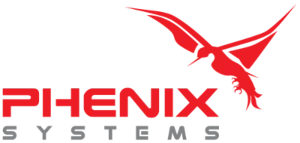
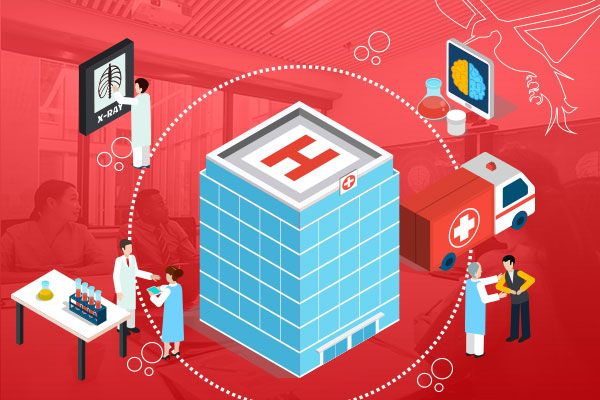
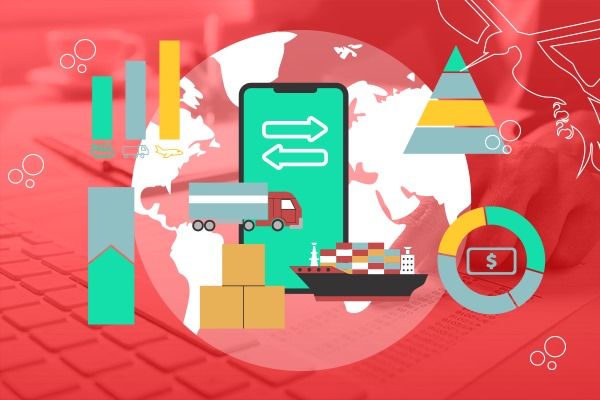
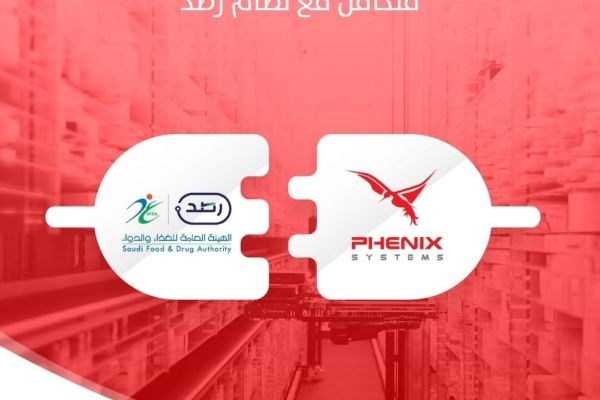
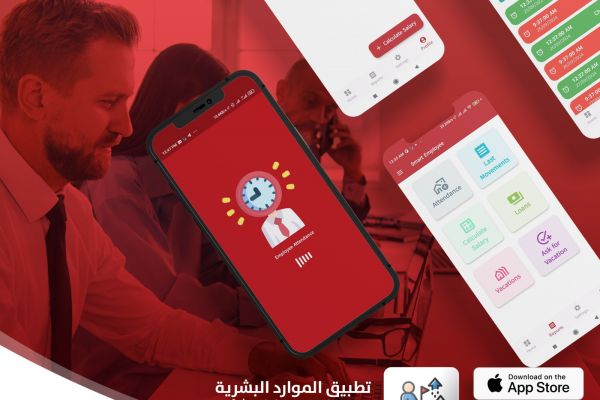
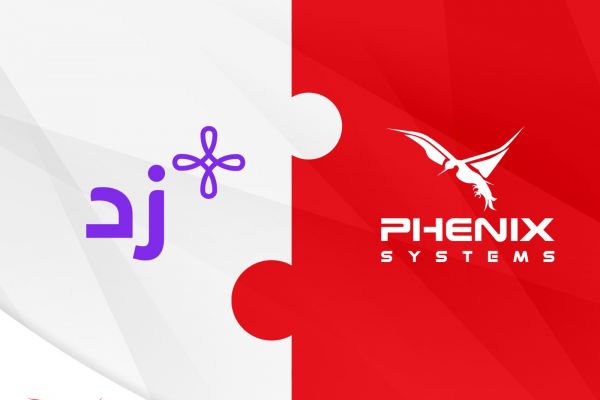

Comments (0)